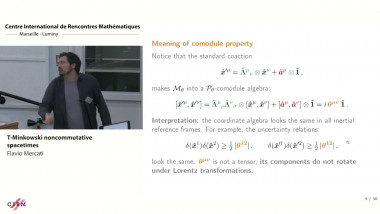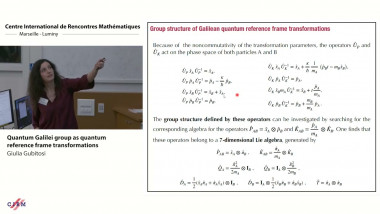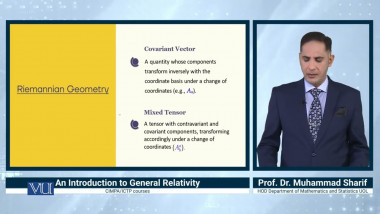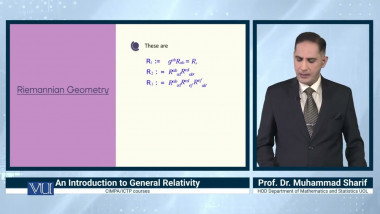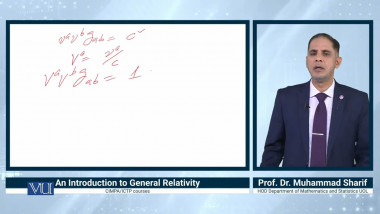Relativistic simulations for cosmology
Apparaît dans la collection : Theory of Gravitation and Variation in Cosmology / Théorie de la gravitation et variations en cosmologie
Cosmological N-body simulations are one of the most versatile tools for studying the evolution of large-scale structure in the Universe. While the Newtonian limit of general relativity can be used for most purposes within the basic LCDM model, the true nature of the dark components (dark matter and dark energy) is unknown and may ultimately require a relativistic description. Also the neutrinos from the standard model are relativistic for most of the cosmic history if they have a mass within the range allowed by cosmological and laboratory constraints. In this course I will introduce a framework for relativistic N-body simulations that can treat any relativistic degrees of freedom self-consistently. Furthermore, I will discuss the important aspect of how the simulation data are mapped to observables by constructing the past light cone of an observation event. As an instructive example the effect of massive neutrinos will be the subject of two Hands-on sessions, where I will demonstrate how to use the relativistic N-body code gevolution. • Lecture 1 — The spacetime of N-body simulations • Lecture 2 — Observables on the light cone • Hands-on 1 — The matter power spectrum with massive neutrinos • Hands-on 2 — Weak lensing with massive neutrinos











